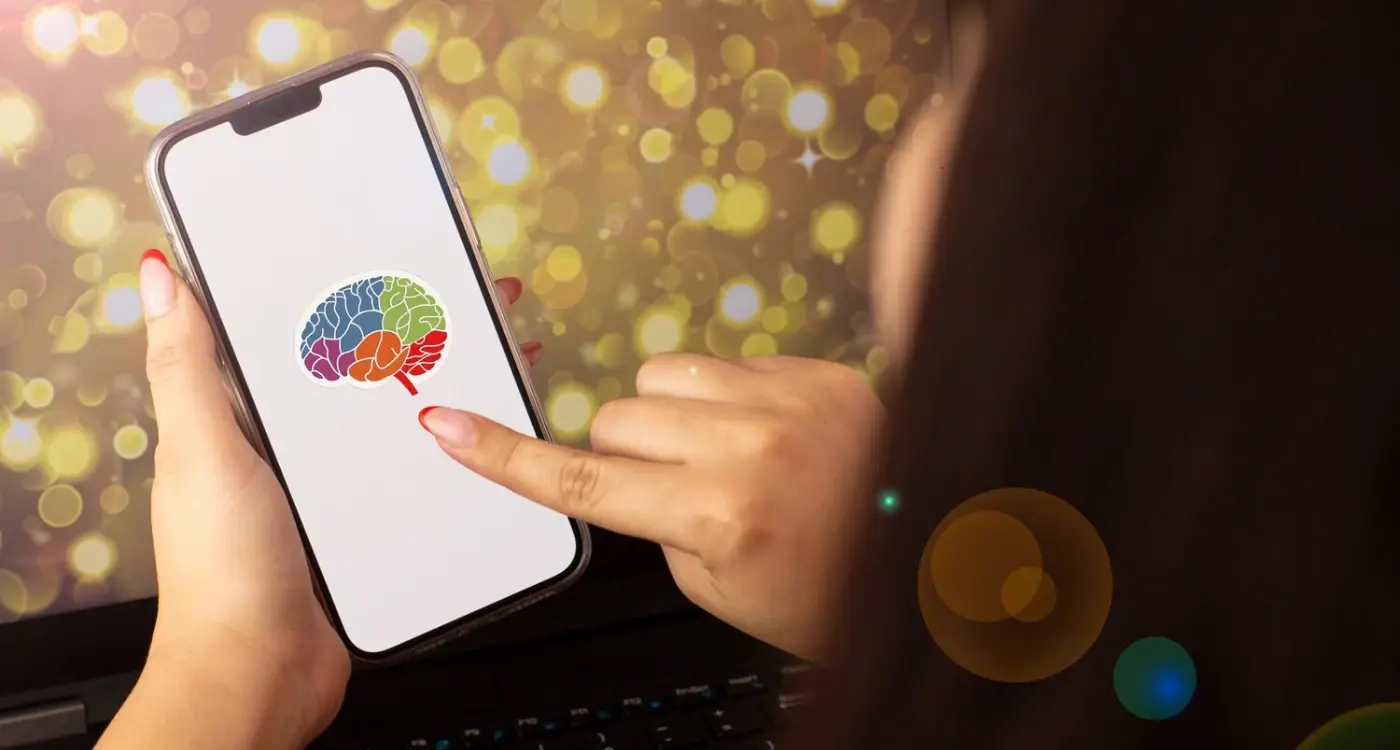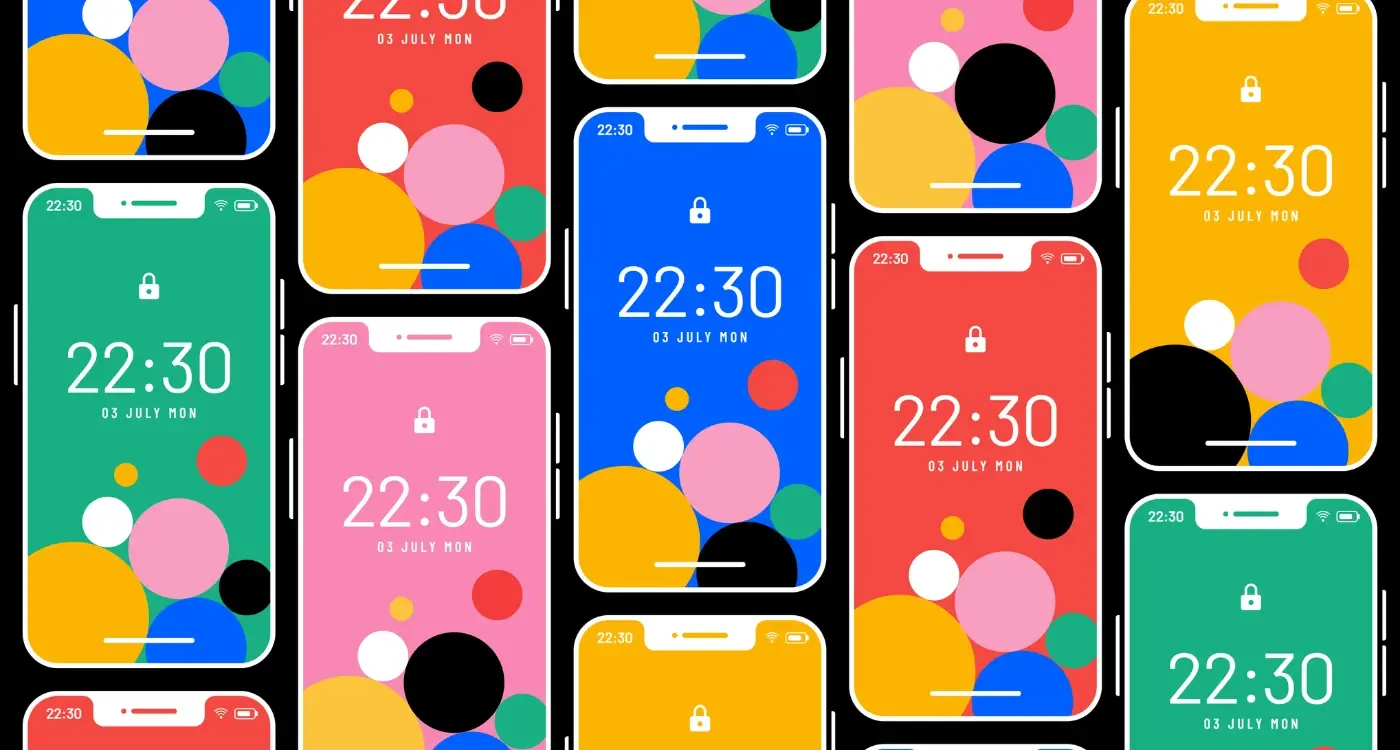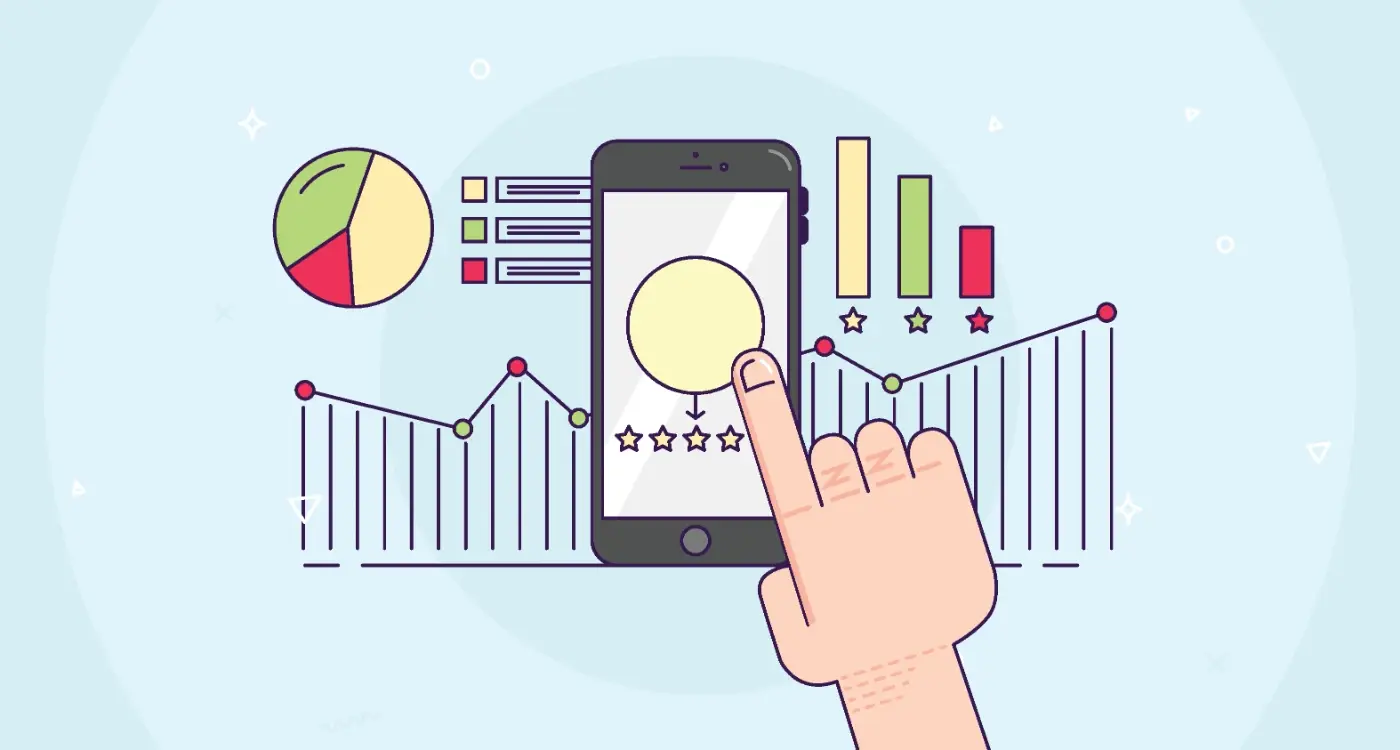Why Do Users Trust Certain App Screenshots Over Others?
App screenshots are the first thing potential users see when they stumble across your app in the store, and honestly? They're making split-second decisions about whether to trust you or not. I've watched thousands of apps succeed or fail based on how trustworthy their screenshots looked—and it's fascinating how users can spot dodgy visuals from a mile away.
After years of building apps and analysing what works, I've noticed that user trust isn't just about having pretty pictures. It's about visual credibility, and there's actually some serious psychology behind why certain screenshots make people feel confident whilst others set off alarm bells. Users have become incredibly savvy at detecting fake marketing images versus real app screenshots, and they can tell when something feels off.
The difference between a screenshot that builds trust and one that destroys it often comes down to authenticity—users want to see exactly what they're getting, not what marketers think they want to see.
What's really interesting is how trust psychology plays into app store visuals. People aren't just looking at your screenshots to understand functionality; they're subconsciously evaluating whether your app is legitimate, whether you're being honest about what it does, and whether downloading it will be worth their time. Get this wrong and you'll struggle with conversions no matter how brilliant your actual app is. The visual credibility of your screenshots can make or break your app's success before users even hit the download button.
What Makes Screenshots Look Trustworthy
After years of building apps and watching how users actually behave in app stores, I've noticed something interesting. People can spot fake screenshots from a mile away—and they hate being misled. The screenshots that actually build trust aren't the polished marketing images you might expect.
Real trustworthy screenshots show actual app content, not perfect mockups. Users want to see genuine interface elements with realistic data. If your messaging app shows a conversation, make it feel like real people talking, not "User A says hello to User B." I mean, who talks like that? When I work with clients, I always push them to use screenshots that look like they were taken from an actual phone, not designed in Photoshop.
Context Matters More Than Perfection
The screenshots that convert best show the app being used in real situations. Instead of empty screens with perfect alignment, show your task manager with actual tasks, your photo editor with someone's real photo being edited, your banking app with realistic (but anonymised) account details. Sure, it takes more effort than slapping together some placeholder text, but users immediately recognise authenticity.
Technical Details That Build Confidence
Trustworthy screenshots also get the technical bits right. The status bar should match the phone you're targeting—don't use an Android status bar for iOS screenshots, it's a dead giveaway. Keep the same device frame throughout your screenshots; mixing iPhone and Android frames in the same listing looks sloppy and confuses users about which platform they're downloading for.
Most importantly, show your app's actual capabilities. Don't promise features in screenshots that aren't ready yet. Users will notice immediately after downloading, and that's when trust gets broken permanently. Better to under-promise and over-deliver than the other way around.
The Psychology Behind Visual Trust
Trust happens in milliseconds. I'm not exaggerating—research shows people form judgments about credibility within 50 milliseconds of seeing something. That's faster than you can blink, and it means your app screenshots are being judged before users even realise they're judging them.
The human brain processes visual information roughly 60,000 times faster than text. So when someone scrolls through the App Store, their subconscious is already making decisions about whether your app looks legitimate or dodgy. Actually, it's quite mad how quickly this happens, but it makes perfect sense from an evolutionary standpoint—we needed to quickly assess whether something was safe or dangerous.
What Your Brain Looks for First
Users' brains scan for specific trust signals without them even knowing it. Clean layouts suggest competence; cluttered screens trigger alarm bells. Consistent colours and fonts signal professionalism, while mismatched elements scream "amateur project". And here's something interesting—people automatically associate certain colour combinations with trustworthiness. Blues and whites feel safe (think banking apps), while neon colours on dark backgrounds can feel suspicious.
The psychology gets even more specific than that. Users look for signs that real people use your app. Empty states, perfect placeholder text, or screenshots that look too pristine actually work against you. People trust imperfection because it suggests authenticity.
Include subtle imperfections like realistic user-generated content or natural notification badges in your screenshots. Perfect mockups often trigger users' "too good to be true" instincts.
Social proof plays a massive role too. Screenshots showing user activity, reviews, or social features tap into our herd mentality—if other people are using it, it must be safe. That's why dating apps always show active conversations and fitness apps display community challenges.
Real Screenshots vs Fake Marketing Images
You know what really gets me? When I see app screenshots that look like they were designed by someone who's never actually used a mobile phone. I'm talking about those perfectly polished images with fake data that screams "marketing department" from a mile away.
Real screenshots have imperfections—and that's exactly what makes them trustworthy. The battery might be at 23%, there could be a notification badge showing, maybe the time reads something realistic like 2:47 PM instead of the classic 9:41 AM that every fake mockup uses. These little details matter because they show your app exists in the real world, not just in a designer's imagination.
The Dead Giveaways of Fake Screenshots
Fake marketing images are usually pretty easy to spot. They often feature perfect data—exactly 5 starred reviews, round numbers everywhere, and content that's just a bit too convenient. Real apps have messy data; real users create chaos, and that chaos should show up in your screenshots.
I always tell my clients to use actual app data wherever possible. Sure, you might need to clean up some personal information or adjust content for clarity, but the underlying structure should be authentic. If you're showing a messaging app, don't make every message the perfect length—some should be short, some long, some might even have typos.
The best screenshots I've seen blend real functionality with strategic presentation. They show genuine user interactions while highlighting the features that matter most. It's about finding that sweet spot between authentic and polished—something that looks professional but doesn't feel manufactured. Because honestly, users can sense when something's not quite right, even if they cant put their finger on exactly what it is.
How Users Spot Dishonest App Screenshots
Right, let's talk about something I see way too often—apps trying to pull a fast one with their screenshots. After years of building apps and watching how users behave, I can tell you that people are much smarter than developers think they are. Users have developed a proper sixth sense for spotting fake or misleading screenshots.
The biggest giveaway? When the screenshots show features that seem too good to be true. You know what I mean—those fitness apps claiming you'll lose 10 pounds in a week, or productivity apps showing impossibly organised interfaces that no real person would actually use. Users scroll through these and think "hang on, this doesn't look right" within seconds.
The Technical Tell-Tales
Here's where it gets interesting. Users notice inconsistencies in the interface design—things like buttons that don't match the operating system's style guidelines, or text that's perfectly aligned in ways that real user-generated content never is. I've seen apps show fake notifications, impossible battery levels (like 100% at midnight), or data that's clearly been made up.
Users can spot a fake screenshot because it shows them a perfect world that doesn't exist in real apps
The dead giveaway is when screenshots show user profiles with stock photo people or content that's too polished. Real apps have real mess—typos in user reviews, varied profile pictures, content that isn't perfectly curated. When everything looks like it came from a marketing department rather than actual users, people notice. They've been using apps long enough to know what authentic usage looks like, and when something feels staged, they move on to the next option pretty quickly.
The Role of UI Design in Building Credibility
Your app's UI design is basically doing the talking before users even download anything. I mean, think about it—when someone's scrolling through screenshots, they're making split-second judgements about whether your app looks legitimate or like something dodgy their mate Dave knocked up in his bedroom.
The visual hierarchy in your screenshots tells users everything they need to know about your attention to detail. Clean spacing, consistent fonts, and proper alignment aren't just nice-to-haves; they're trust signals. When I see screenshots with text that's slightly off-centre or buttons that look like they were placed randomly, it immediately raises red flags about the quality of the actual app.
Design Elements That Build Trust
Certain UI elements work harder than others when it comes to establishing credibility. Users have been trained by years of using well-designed apps to recognise quality patterns:
- Consistent colour schemes that follow platform guidelines
- Proper use of white space—cramming everything together screams amateur
- Typography that's readable and follows standard sizing conventions
- Icons that look professionally designed rather than pulled from free icon sites
- Interface elements that users recognise from other trusted apps
Here's the thing though—good UI design isn't about being flashy or showing off fancy animations in your screenshots. It's about demonstrating that you understand how mobile interfaces should work. Users can spot apps built by developers who don't really understand mobile design patterns, and those apps struggle to gain trust no matter how good the underlying functionality might be.
The most credible screenshots show interfaces that feel familiar yet purposeful. They prove that real thought has gone into the user experience, not just the marketing experience.
Screenshots That Actually Convert Users
After building apps for years, I've noticed something interesting about screenshots that actually get people to hit that download button. It's not about having the prettiest design or the flashiest graphics—it's about showing users exactly what they'll get and making them feel confident about their choice.
The screenshots that convert best tell a story. They start with the problem your app solves, then show the solution in action. I always tell clients to think of their screenshots like a mini-journey through their app's core value proposition. Don't just show static screens; show the app being used in real scenarios that your target users will recognise.
Lead with your strongest feature in the first screenshot. You've got about 3 seconds to grab attention before users scroll past your app entirely.
One thing that really works is showing actual data and content rather than placeholder text. When users see real reviews, genuine messages, or authentic-looking profiles, they immediately understand what the experience will be like. It's the difference between looking at an empty house and seeing one that's lived-in and welcoming.
Screenshots That Drive Downloads
- Show the app solving a specific problem users have
- Include real content, not Lorem ipsum text
- Demonstrate the core user journey in 3-4 screens
- Use device frames that match your target audience
- Keep text overlays minimal and readable
- Show social proof where relevant (reviews, user counts)
The mistake I see most often? Apps that show every single feature instead of focusing on the one thing that makes them special. Users don't want to see 20 different screens—they want to understand why this app will make their life better. Keep it focused, keep it real, and your conversion rates will thank you for it.
Common Screenshot Mistakes That Kill Trust
I've seen apps with brilliant functionality fail miserably because their screenshots looked dodgy. It's honestly frustrating when you know the app is solid, but the store listing makes it look like something you'd download by accident.
The biggest mistake? Using fake content that's too perfect. You know those screenshots where every notification shows "2" and all the usernames are "John Smith"? Users spot this immediately. Real apps have messy data, varied content lengths, and actual user-generated content that isn't perfectly aligned.
Another trust-killer is inconsistent UI across screenshots. I've seen apps where the interface design changes between images—different fonts, colours, or even completely different layouts. This screams "we cobbled this together quickly" and makes users wonder what they're actually downloading.
Screenshots That Make Users Run
- Blurry or pixelated images that look rushed
- Screenshots showing error messages or broken functionality
- Outdated interface designs that don't match current OS standards
- Stock photos instead of actual app screens
- Heavy text overlays that hide the actual interface
- Screenshots that show competitor apps or unrelated content
Here's something that kills credibility fast—screenshots that don't match the app's actual capabilities. If your screenshots show features that aren't ready yet or exaggerate what the app can do, users will leave scathing reviews. And those reviews stick around long after you fix the problems.
The worst offender? Screenshots that look like they were taken on different devices with different aspect ratios, then stretched to fit. This creates weird proportions that make even good apps look amateurish. Take the extra time to capture native screenshots on each device type you're targeting, especially when you're following mobile app submission tips to get your app approved quickly.
Conclusion
Building user trust through app screenshots isn't rocket science, but it does require you to think like your users rather than like a marketer. After years of working with clients who've made every screenshot mistake in the book—and trust me, I've seen some absolute howlers—the pattern is always the same. The apps that succeed are the ones that show genuine respect for their potential users' intelligence.
Users have become incredibly savvy at spotting fake screenshots and misleading marketing images. They can tell when you're trying to pull the wool over their eyes with doctored UI elements, impossible user scenarios, or screenshots that look nothing like the actual app experience. It's honestly quite impressive how quickly people can identify these red flags; their built-in nonsense detector is finely tuned after years of being let down by apps that overpromised and underdelivered.
The good news? Creating trustworthy screenshots that actually convert users isn't complicated. Show real UI elements, use authentic user scenarios, keep your visual design consistent with your brand, and never promise features that don't exist. Simple stuff, really. But here's what I've learned—simple doesn't always mean easy to execute, especially when you're under pressure to make your app look more exciting than it actually is.
Remember, your screenshots are often the first real interaction someone has with your app. Make that first impression count by being honest, authentic, and genuinely helpful. Trust builds slowly in the app world, but once you've got it, users will stick with you through thick and thin. That's worth far more than any flashy marketing trick could ever deliver.
Share this
Subscribe To Our Learning Centre
You May Also Like
These Related Guides

Why Do Some App Names Stick in People's Minds Better?

How Does Colour Psychology Impact App Store Performance?



